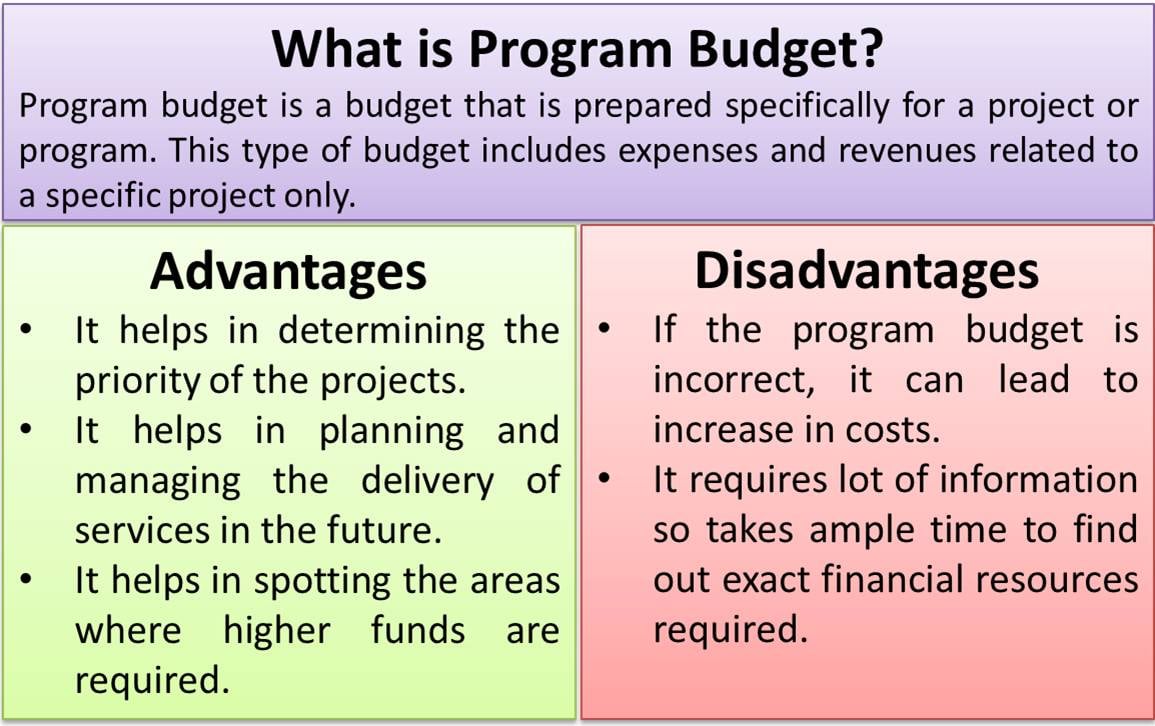
In order to stretch the funds further, consider secondhand dealers for uniforms or equipment. Be prepared to offer alternatives or tradeoffs to requests, if needed, and always work hand-in-hand with the director on final decisions. The budget process must capture all of the variables related to this area.īe supportive of the directors’ needs, but realize that the booster organization has a fiduciary duty to track and spend funds in the most responsible way for the program.

The financial aid may be funded by sponsors, alumni programs or other sources. Use a financial aid process to assist parents who cannot afford the fees. The board and staff need to have honest and open conversations about this topic: Does your organization exist to educate and train all interested students or only the students who can afford to participate? The most obvious is the enormous information overload it inflicts on any system, since the evaluation and continuous reassessment of a very wide range of policies requires vast financial resources and, more importantly, consumes a great deal of decision-makers' time (OCDE, 1996: 32).One of the most challenging elements of the budget process is anticipating uncollectible fees. The reasons for the demise of policy-making as top-down-budgeting embodied in PPBS (and later on in ZBB) are well known. (…) All real attempts to implement PPBS as a system were soon abandoned, without much tearshedding. The promised end result was to be a smoothly functioning machine, highly transparent and stable, yet capable of constant reallocations resulting from continuous and integrated evaluations of the impact of policies.
#Budget planning program plus
PPBS' rigorous hierarchical structure, its grounding in economics - the key question was: Where is the marginal dollar most effective?” -, its faith in the inherent comparability of various policy purposes on the basis of expenditures, their common denominator its promises of both control and fine tuning of all government actions, plus continuous feedback and monitoring all combined into a vision of an ultimate fusion of budgeting and policy-making. It was presumed - or perhaps desired, wished or ordained - that evaluations at each level would dictate reallocations of resources between activities, according to the marginal impact yield of the additional money spent. In brief, the PPBS method is to set certain major objectives, to define programmes essential to these goals, to identify resources to the specific types of objectives and to systematically analyse the alternatives available. The idea is to adopt on a voluntary and progressive basis, within the administration, a coherent way of preparing, implementing, and controlling decisions made at each level of responsibility. c) Budgeting is the phase when the annual parts of the programme are translated into annual budget, taking into account the financial constraints. The programmes are laid out through a work plan that is, however, of only indicative value.


In this phase, the resources in terms of human resources, capital (investment) and research are determined for the duration period covered. b) Programming consists of defining the administrative steps and for organizing the necessary logistics for carrying out the set of actions in order to reach the selected objectives. The abbreviation PPBS stands for the following three phases of this procedure: a) Planning is what may be called strategy in the sense that at this point the concern is to define, using prospective studies, the set of long term objectives for which various services will be responsible. This approach, elaborated by the RAND Corporation, USA in the middle of 60s attempted to integrate in one system the elements of planning, programming and budgeting all together and was called “planning‐programming‐budgeting system” (PPBS).


 0 kommentar(er)
0 kommentar(er)
